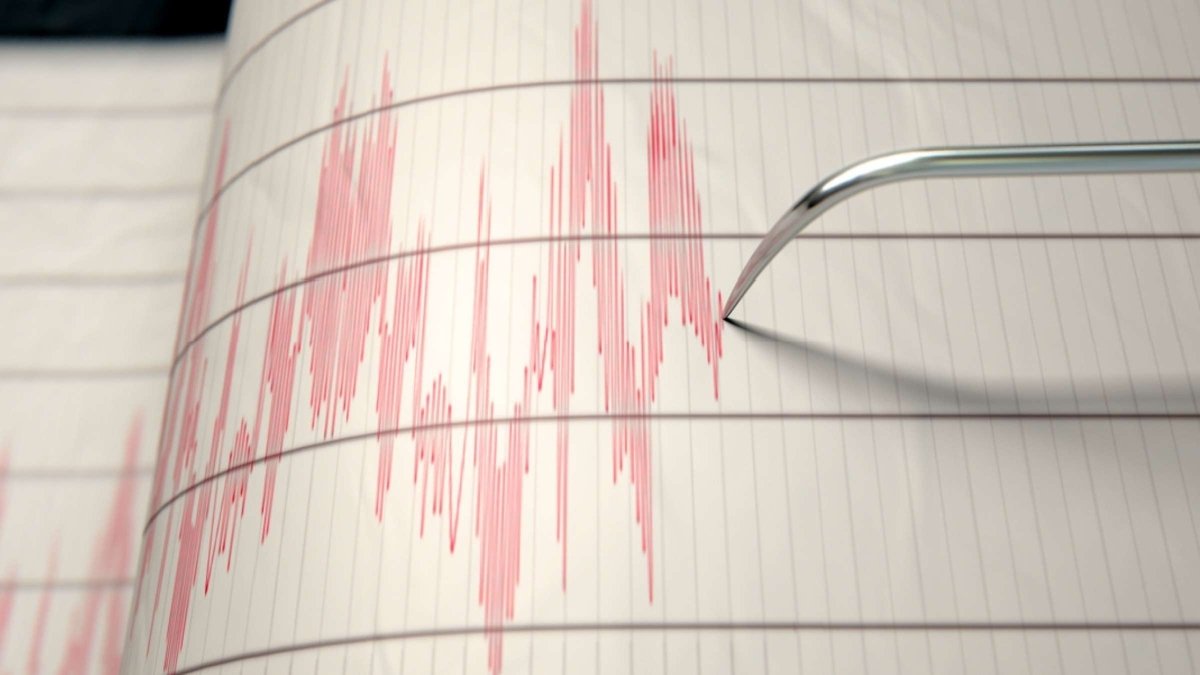The Science and Mystery of Tea Unveiled in ‘Steeped: The Chemistry of Tea’
In her insightful new book, “Steeped: The Chemistry of Tea,” chemist and writer Michelle Francl offers a rich exploration of the scientific elements shaping one of the world’s most consumed beverages. The literary piece takes readers on a journey from the humble leaves of the Camellia sinensis plant to the warm mug of a variety of teas including green, black, white, yellow, oolong, and pu’er. Each of these tea variants bears differing characteristics that hinge on their cultivation and preparation methods.
Taking A Peek into the Complex World of Tea Processing
Having gained expertise as an educator at Bryn Mawr College and a contributing researcher at the Vatican Observatory, Francl offers an enlightening look into the intricacies of tea processing. She espouses the pivotal role oxidation plays in bestowing different tea types their unique attributes. In addition, Francl elucidates the dual function caffeine performs, acting as a natural pesticide and herbicide in tea leaves.
Unveiling the Art and Science behind Brewing Tea
The depth and exploration of ‘Steeped: The Chemistry of Tea’ don’t just stop at science but also extends to practical applications like brewing the flawless cup of tea. Francl discusses the necessity of warming the teapot in advance, the benefit of using loose-leaf tea, the significance of measured steeping times, and the careful addition of milk to avoid clotting.
Diving Deeper: Decaffeinating Tea and More
Francl’s exploration furthers into intriguing subjects like decaffeinating tea at home and understanding the phenomenon of ‘tea scum’ when using the microwave for brewing. She even discusses the surprising benefits of adding a touch of salt to mollify the bitterness. This advice triggered wide discussions and even sparked a diplomatic discourse between the U.S. and Britain regarding principles and traditions of beverage preparation.
In the end, “Steeped: The Chemistry of Tea” acts as a mirror, reflecting the beauty and complexity of the natural elements held within a simple cup of tea. Through the course of the book, Francl parallels the intricate mechanisms of our universe with the preparation and enjoyment of tea, resulting in a newfound love and admiration for this everyday beverage.
News come from source of Reader Wall.














